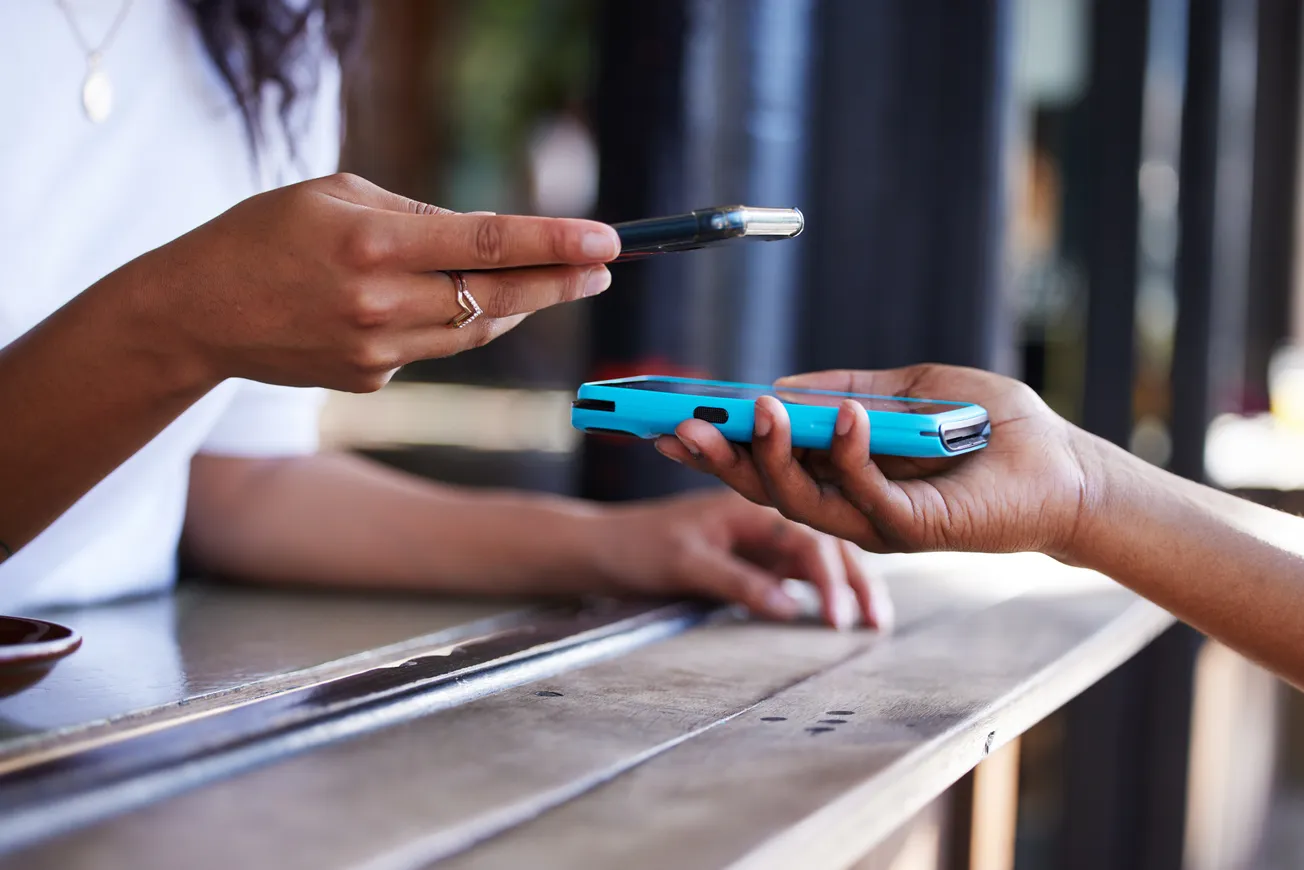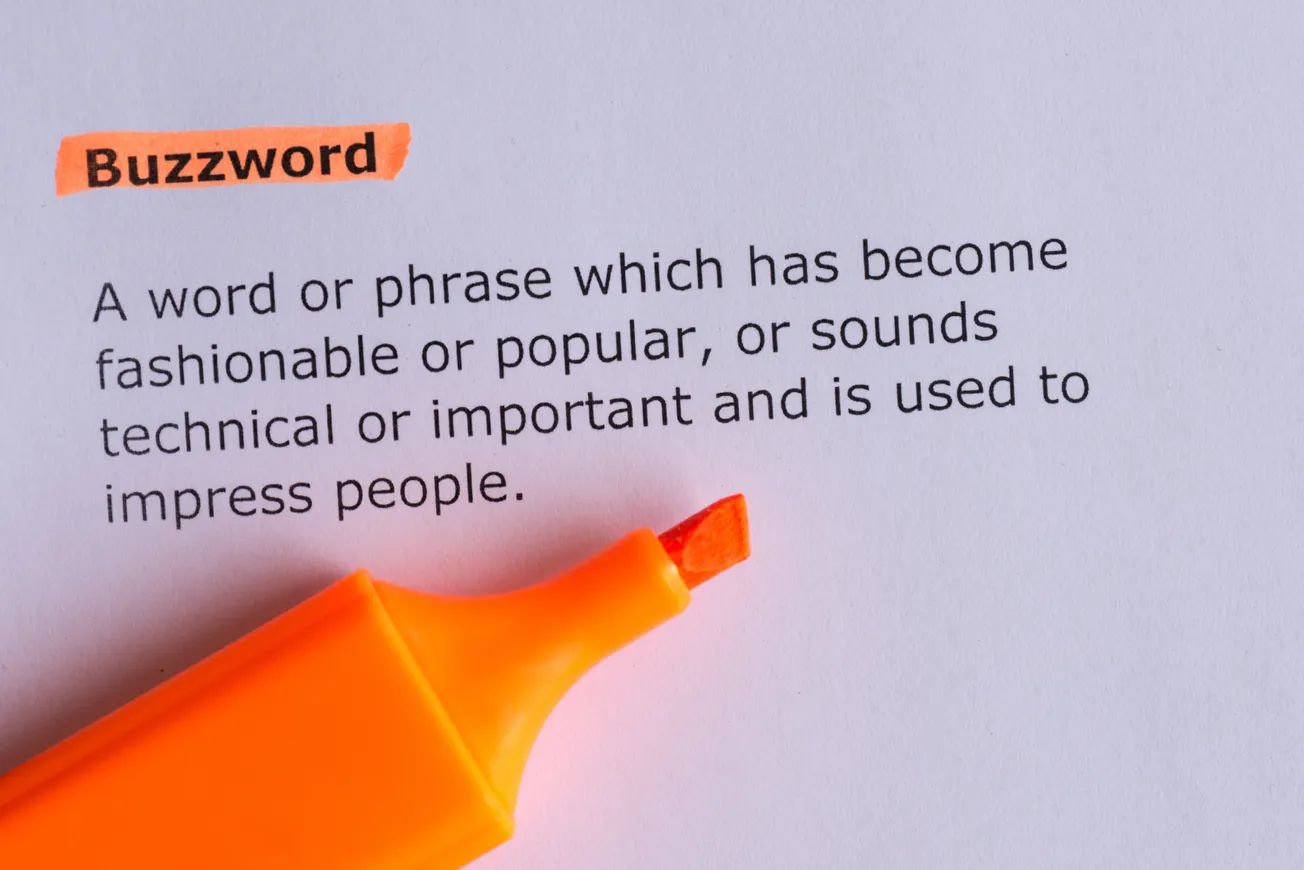From billion-dollar retail chains to weekend-market vendors, the phone is now both the wallet and the register.
Smartphones are no longer just communication devices—they’re becoming the core infrastructure of modern commerce. What began as a convenient tap-to-pay feature has evolved into a full reimagining of how consumers pay and how businesses accept payments.
This shift—powered by the rise of mobile wallets and Tap to Phone technologies—is disrupting financial habits, retail operations, and consumer expectations at every level.
The Technological Leap: Phones Become the Financial Interface
At the heart of this transformation is the convergence of two smartphone capabilities:
- Mobile wallets (like Apple Pay, Google Pay, and Samsung Pay) allow consumers to pay directly from their phones or smartwatches via NFC.
- Tap to Phone systems let businesses, even micro-merchants, accept payments with nothing but a smartphone—no card readers, no terminals, no cash registers.
Together, these tools eliminate the need for traditional hardware and physical wallets, effectively placing the entire payment ecosystem inside a single device. Visa reports that Tap to Phone usage has increased 234% year-over-year in the U.S., U.K., and Brazil. Globally, 80% of in-person transactions outside the U.S. are now contactless, with U.S. adoption recently passing the 50% mark.
Big Retailers: Platform Power vs. Customer Friction
Major retailers have approached this shift strategically—some embracing consumer convenience, others opting for tighter control.
Walmart, for example, has intentionally avoided adopting Apple Pay and Google Pay at its checkouts, instead pushing its proprietary QR-code-based Walmart Pay app. This approach allows Walmart to retain control over the customer experience and, more importantly, collect and analyze customer data. However, it has come at a cost.
There have been multiple reports of customer frustration—and even abandoned purchases—due to the lack of tap-to-pay support. In contrast, retailers like Target, Best Buy, and CVS have chosen to integrate multiple mobile wallet options, offering customers flexibility and reducing friction at checkout.
For large retailers like Walmart, the most valuable aspect of phone-based payments lies in platform control and data ownership—a trade-off that may or may not be worth the customer dissatisfaction in the long run.
Small Businesses: A New Era of Affordability and Agility
If big businesses are leveraging mobile payments for data and control, small businesses are reaping the benefits of simplicity, affordability, and flexibility.
In the past, accepting card payments meant buying or leasing a traditional POS terminal, often at steep cost. Today, small businesses can simply download an app—such as Square, Clover, Zettle, or ScanPay—and start accepting payments via their phones in minutes.
Visa’s data shows that 30% of Tap to Phone adopters are small businesses, underscoring how this tech is democratizing access to modern retail tools.
A perfect example is The Brooklyn Teacup, an upcycled homeware business in New York. Owner Ariel Davis uses her smartphone as a POS system in her studio, allowing customers to pay with a tap while she skips the overhead of traditional hardware.
For small businesses, the most impactful benefit is clear: low-cost, hardware-free payment acceptance that unlocks mobile selling and professional-grade experiences without added complexity.
Consumers: Speed, Security, and Seamlessness
From a consumer perspective, the smartphone’s role as a digital wallet has become second nature—especially among younger demographics. Apple Pay alone had over 55 million U.S. users making in-store payments in 2023, and over 85% of U.S. retailers now support tap-to-pay.
Security and convenience drive this adoption. Tokenization and biometric authentication (like Face ID or fingerprints) make mobile payments safer than traditional cards, while the tap-and-go experience is faster and more hygienic—priorities that surged during the COVID-19 pandemic.
In Australia, mobile wallet payments hit $20 billion in a single month, a testament to their global momentum. Consumers are no longer adjusting to mobile wallets—they expect them.
For shoppers, the greatest advantage is seamless, secure, and fast payments, free from the need to carry cash or even a physical card.
Who Benefits Most—and How
This shift benefits every stakeholder differently, depending on their needs and scale:
- Big retailers gain most from platform control and customer data ownership, enabling them to personalize marketing and drive loyalty—but at the risk of frustrating users if they limit payment options.
- Small businesses benefit most from cost savings and operational flexibility, as smartphones eliminate the need for dedicated hardware and support mobile selling environments.
- Consumers value speed, security, and ease, using their phones to breeze through checkouts and manage their finances more efficiently.
Looking Ahead: Will the Phone Replace Everything?
Will smartphones fully replace wallets and cash registers? Not yet—but we’re clearly moving in that direction.
There are still challenges: not all demographics are comfortable with digital payments, infrastructure gaps exist in rural or developing areas, and cash remains preferred in certain cultures or scenarios. But the trajectory is unmistakable: phones are becoming the central interface for financial life.
As mobile payment systems become more secure, inclusive, and feature-rich, the pressure on businesses to adapt will only grow. And for consumers? The expectation will be simple: if I can’t tap my phone, I might not shop here.









